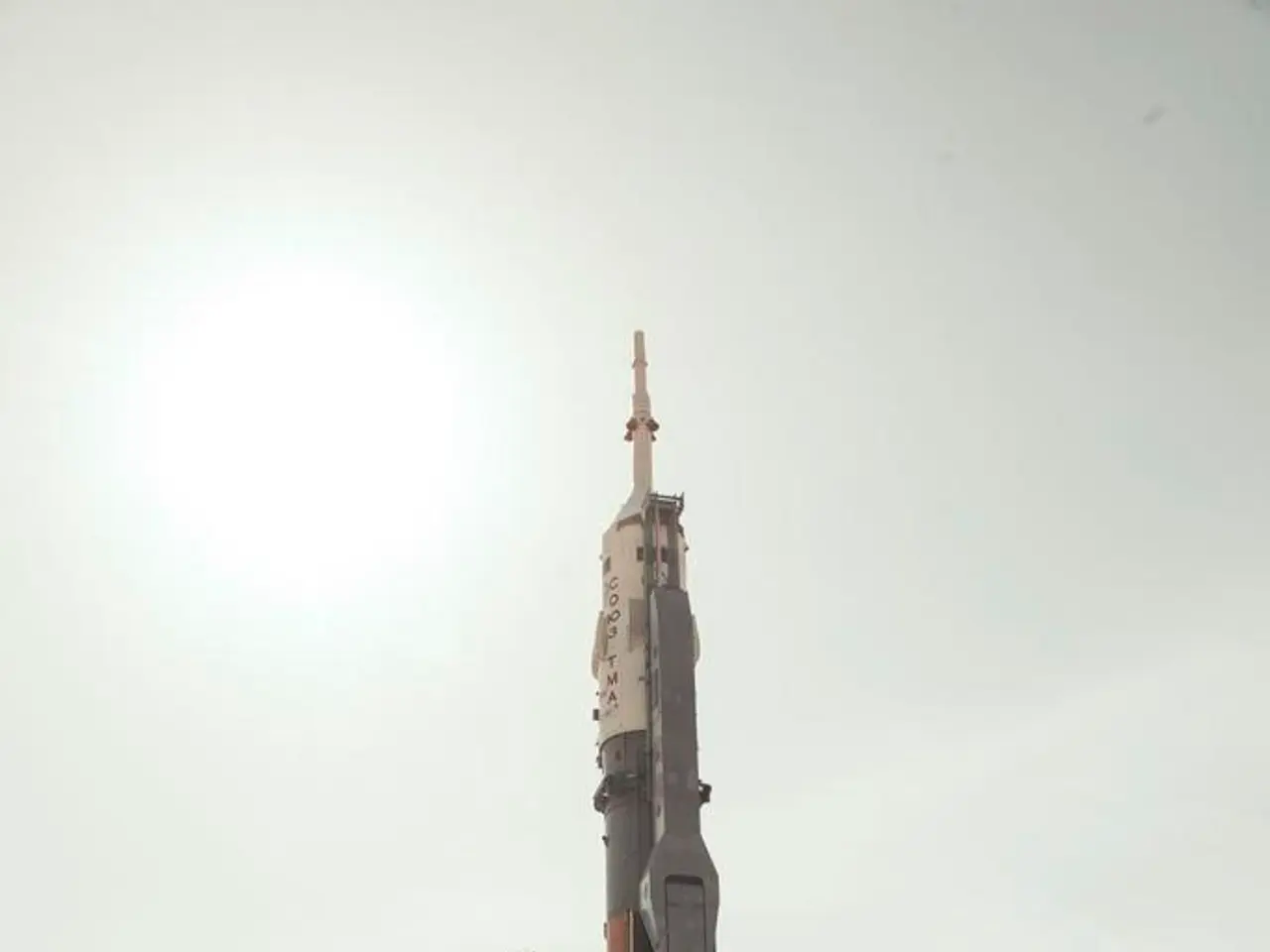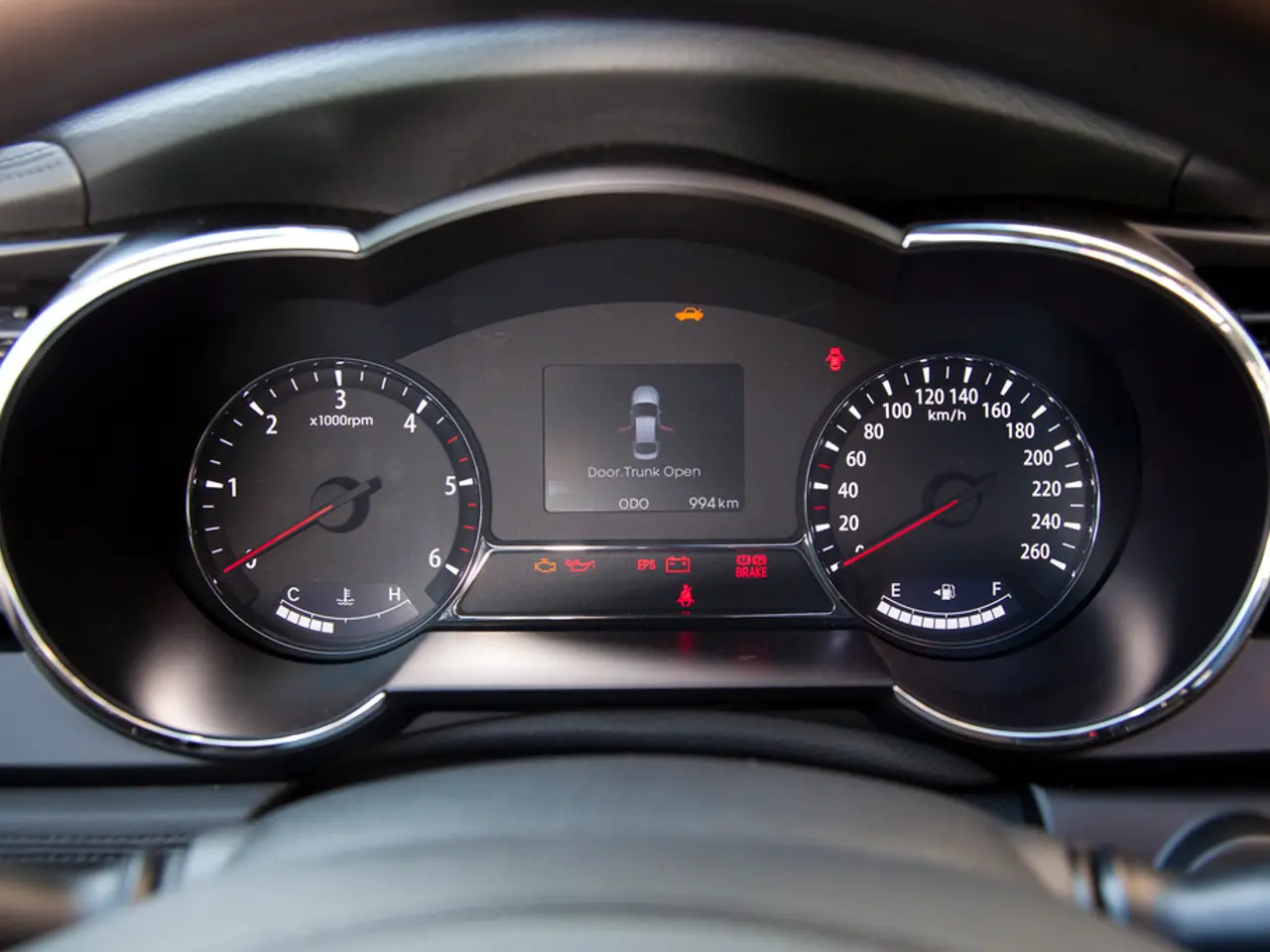Space-Based Theoretical Weapons: Exploring Kinetic Energy Projectiles from Orbit
=================================================================================
The 'Rods from God', a concept known as Project Thor, is a theoretical space-based weapon system that involves deploying tungsten rods from orbit to strike targets on Earth with destructive kinetic energy. Although it remains a theoretical idea and not a deployed capability, the concept has sparked debates and discussions about its feasibility.
The system requires precise orbital deployment, targeting, and guidance of heavy tungsten rods to achieve high-velocity impact damage. Delivering such massive rods from orbit with accuracy and survivability through the atmosphere presents significant engineering difficulties.
Financial hurdles are substantial for deploying a 'Rods from God' system. The cost to deploy a single system is estimated to run into billions of dollars. The cost of launching these heavy tungsten rods into orbit in quantities sufficient for military action would be extremely expensive, requiring multiple heavy-lift launches and sophisticated orbital control. Maintaining and replenishing such an arsenal in space also poses logistical hurdles.
The 'Rods from God' consists of a pair of satellites, each carrying a series of tungsten rods, approximately 20 feet long and one foot in diameter. Upon impact, the kinetic energy of the rods would be released, causing an explosion similar to a nuclear bomb, but without the associated fallout or radiation. The rods would be traveling at a speed of up to 10 kilometers per second, which is approximately 30 times the speed of sound.
Legal barriers exist for the implementation of 'Rods from God'. The Outer Space Treaty of 1967 prohibits placing nuclear weapons or any other weapons of mass destruction in orbit, installing them on celestial bodies, or stationing them in outer space. Whether or not kinetic bombardment systems like the 'Rods from God' would violate this treaty is a subject of debate.
Some suggest that ground-based hypersonic missiles achieve similar kinetic destruction without orbital deployment, possibly representing more feasible near-term "Rods from God" analogs. The 'Rods from God' represents a potential milestone in the militarization of space, moving closer to reality as space capabilities advance.
The 'Rods from God' could theoretically allow for highly targeted, extremely powerful strikes without the geopolitical ramifications associated with the use of nuclear weapons. However, its current status as an unproven idea facing major technical, financial, legal, and strategic challenges limits its near-term feasibility.
References:
[1] Scharre, P. W. (2019). Army after next: rethinking U.S. strategy, forces, and ways ahead. Center for a New American Security.
[3] Schmitt, E. (2013). The 'Rods from God': A space weapon for the 21st century? Arms Control Today.
[5] Nordlinger, S. (2019). The future of war: A history. Knopf.
- Ensuring the sustainability of the space economy, as well as the overall space-and-astronomy field, is crucial in light of the technical and financial challenges associated with the deployment of a 'Rods from God' system, a potential space-based weapon.
- The advancement of technology and science plays a significant role in the feasibility of commercial space endeavors, such as satellite deployment for communications or earth observation, which is essential for maintaining a sustainable space economy.
- The debate around the feasibility and ethics of weaponizing space, as exemplified by the 'Rods from God', underscores the need for international cooperation and adherence to treaties like the Outer Space Treaty of 1967, promoting a peaceful and sustainable space sustainability.




